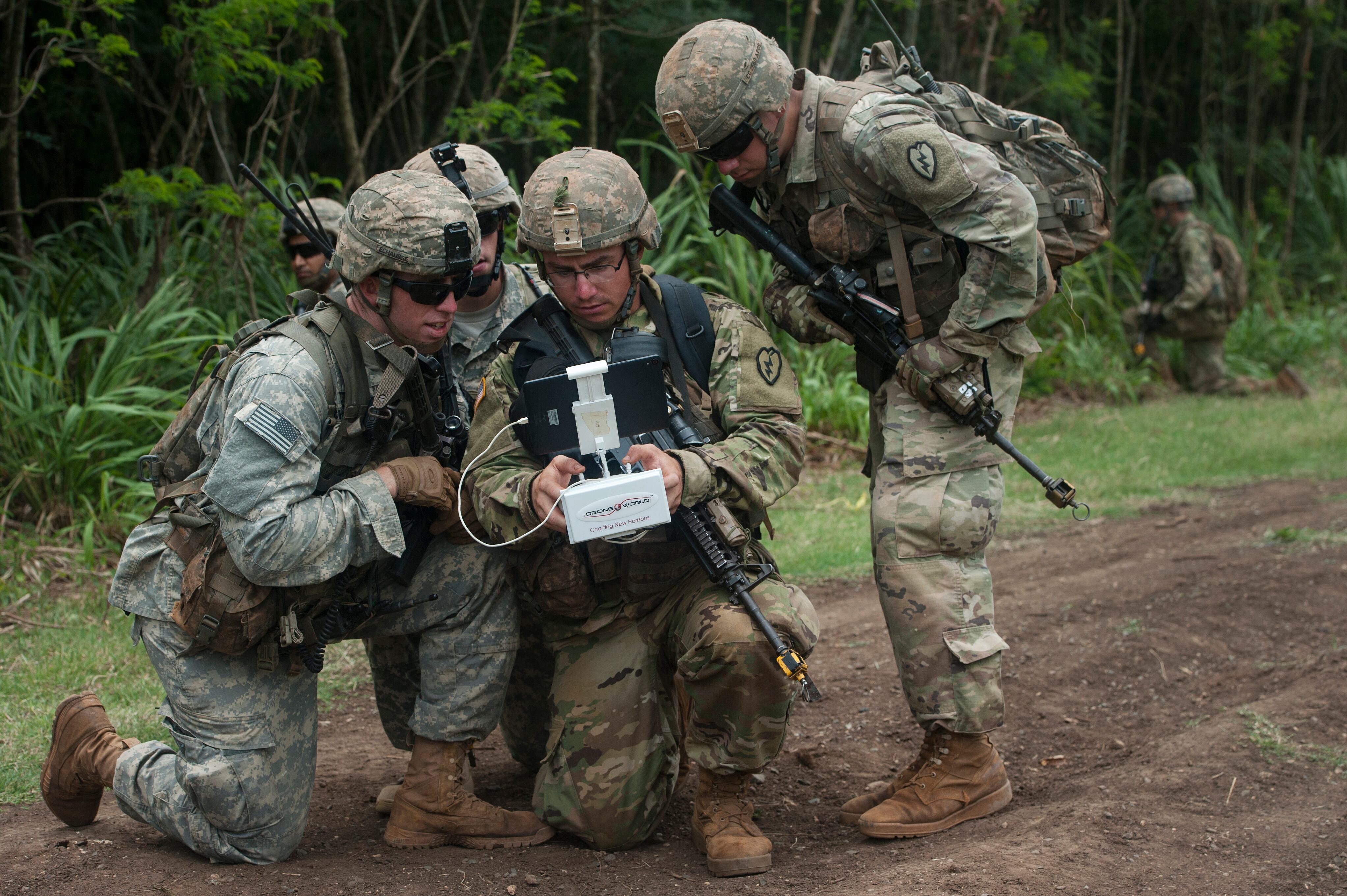The Army on Wednesday announced the formation of its Rapid Capabilities Office, the service's latest attempt to ensure technological advances and ever-changing battlefield realities don't leave its acquisitions process in the dust.
The office "will expedite the acquisition of select capabilities to meet soldiers' immediate and near-term needs and serve as a breeding ground for ideas that enable a more agile and innovative acquisition process," Army Secretary Eric Fanning said while announcing the program.
Five things you should know about the RCO:
1. Hitting the middle. The Army already has a Rapid Equipping Force, which is designed to get needed, off-the-shelf equipment to forward-deployed units within 180 days. It also has several long-range, big-ticket acquisition programs that can span decades from development to discontinuation.
The RCO will target the wide space between these efforts, with a goal of delivering capabilities within one to five years, Fanning said Wednesday during a Bloomberg Government event in Washington.
2. Tech-heavy to-do list. Early priorities for the office will include cyber and electronic warfare, Fanning said, as well as survivability and ensuring position, navigation and timing in areas without GPS access -- either because of terrain or enemy action.
This focus area stems from Russia's displays of EW and cyber prowess, including its use of unmanned aerial systems, during its actions in Ukraine, Fanning said. The secretary called that operation "a major driver" in RCO's creation.
3. Why now? It's not just Russia, or even threats in Iraq and Syria, that make such a program necessary, per Army officials: Potential enemies have watched the Army through 15 years of counterinsurgency operations, checking for weaknesses and lining up their resources accordingly. That prolonged exposure comes at a cost.
"For our commanders in the field today and from exercises I've observed, it's clear the Army's overmatch against potential adversaries is not what it once was and it's not what it needs to be," Fanning said.

Soldiers with 25th Infantry Division view a video feed from an unmanned aerial vehicle during the Pacific Manned Unmanned-Initiative in Hawaii in July. Drone technology is one of several high-priority areas expected to be addressed by the Army's new Rapid Capabilities Office.
Photo Credit: Staff Sgt. Christopher Hubenthal/Air Force
4. More than catch-up. While officials hope the office will address existing capability gaps and help solve current problems, it's also designed to take a forward-looking approach to the Army's needs.
One way to build such programs will involve the Emerging Technologies Office, Fanning said, which will lead collaboration with industry and outline the Army's expectations to private-sector innovators.
5. Army-wide ... sort of. An Army.mil article describing the office calls the RCO a "total Army effort," noting it will draw expertise from throughout the service. That doesn't mean every soldier will see its results -- and according to the Army's acquisition executive, they shouldn't expect to.
"The goal of the Army Rapid Capabilities Office is not to procure systems to outfit the entire Army, but rather to use targeted investments to execute strategic prototyping, concept evaluation and limited equipping -- especially in areas where technology progresses rapidly," Katrina McFarland said in the article. "It will help commanders and soldiers in the field today, while building an advantage for those who will follow in their footsteps."





